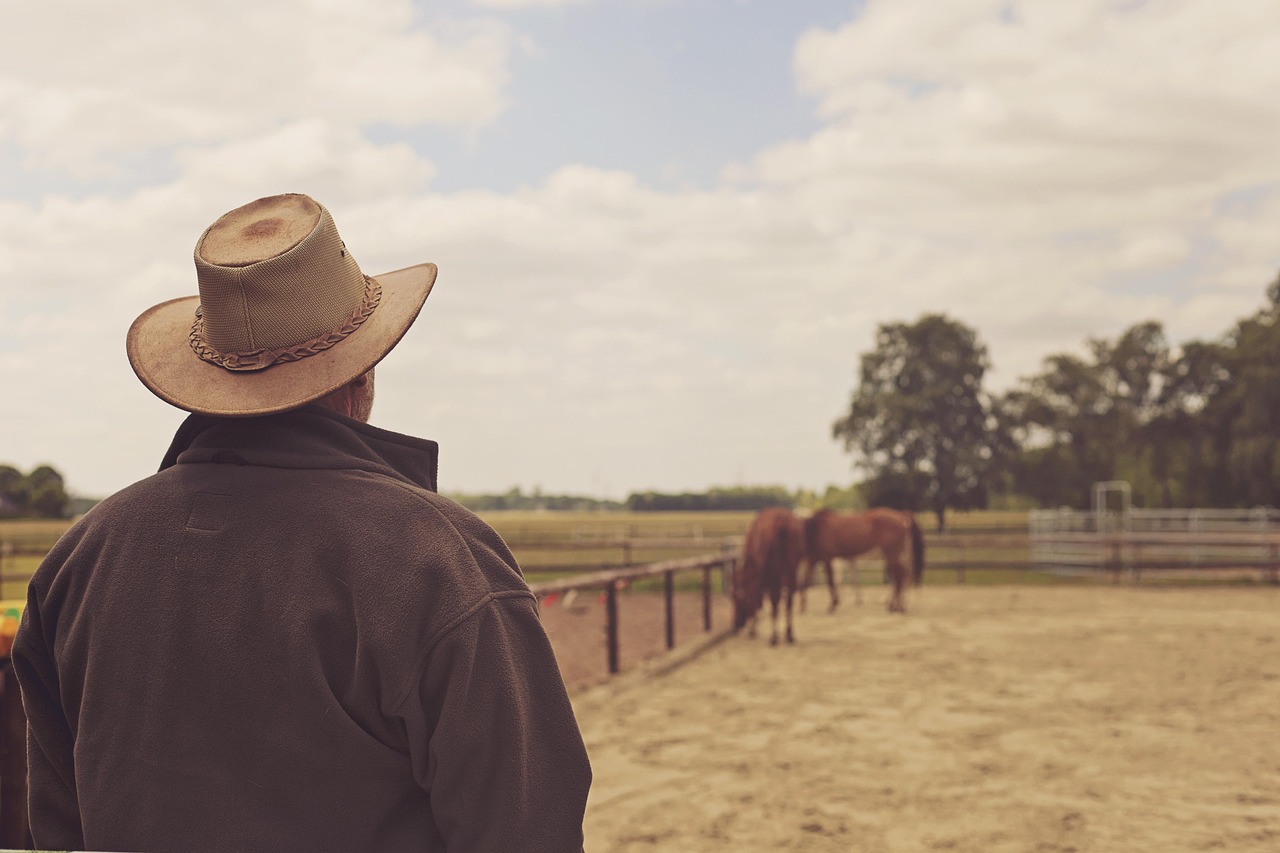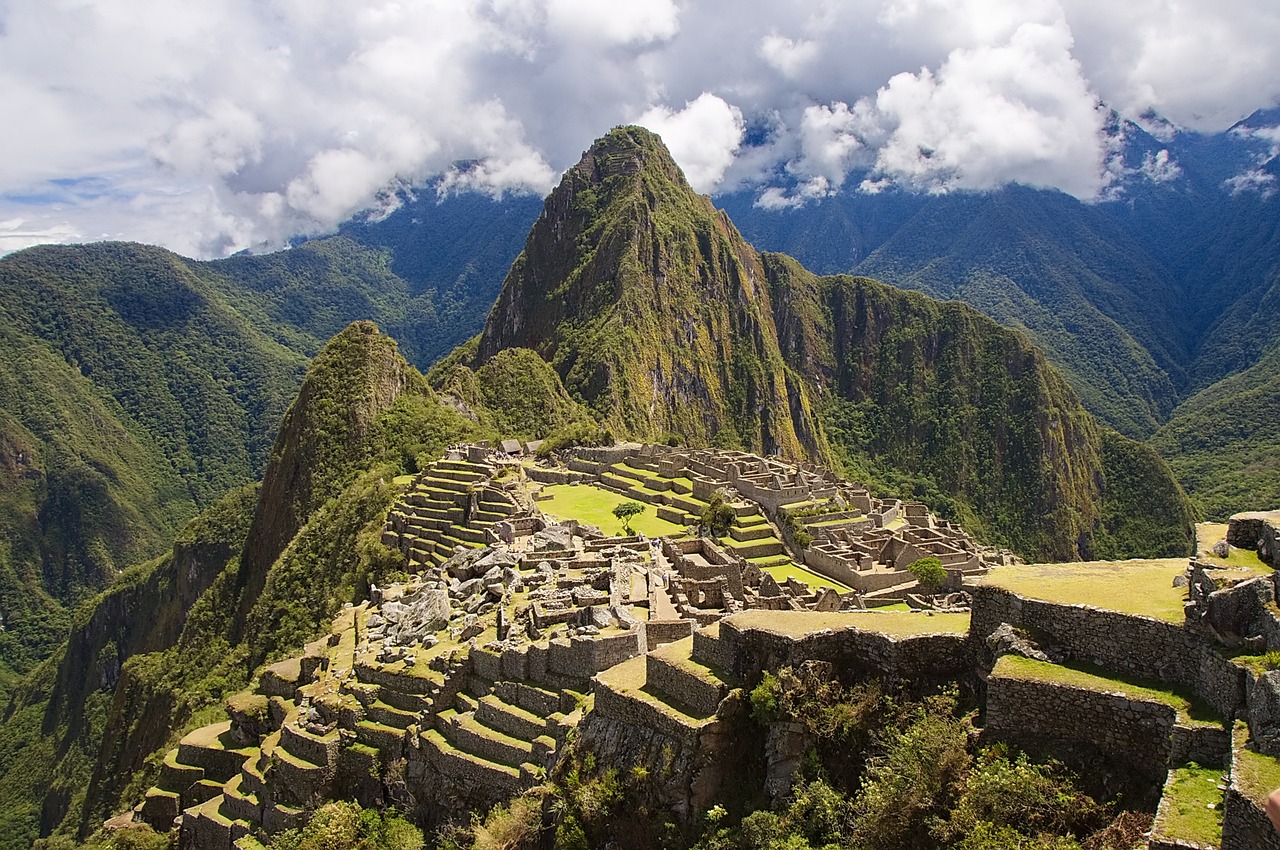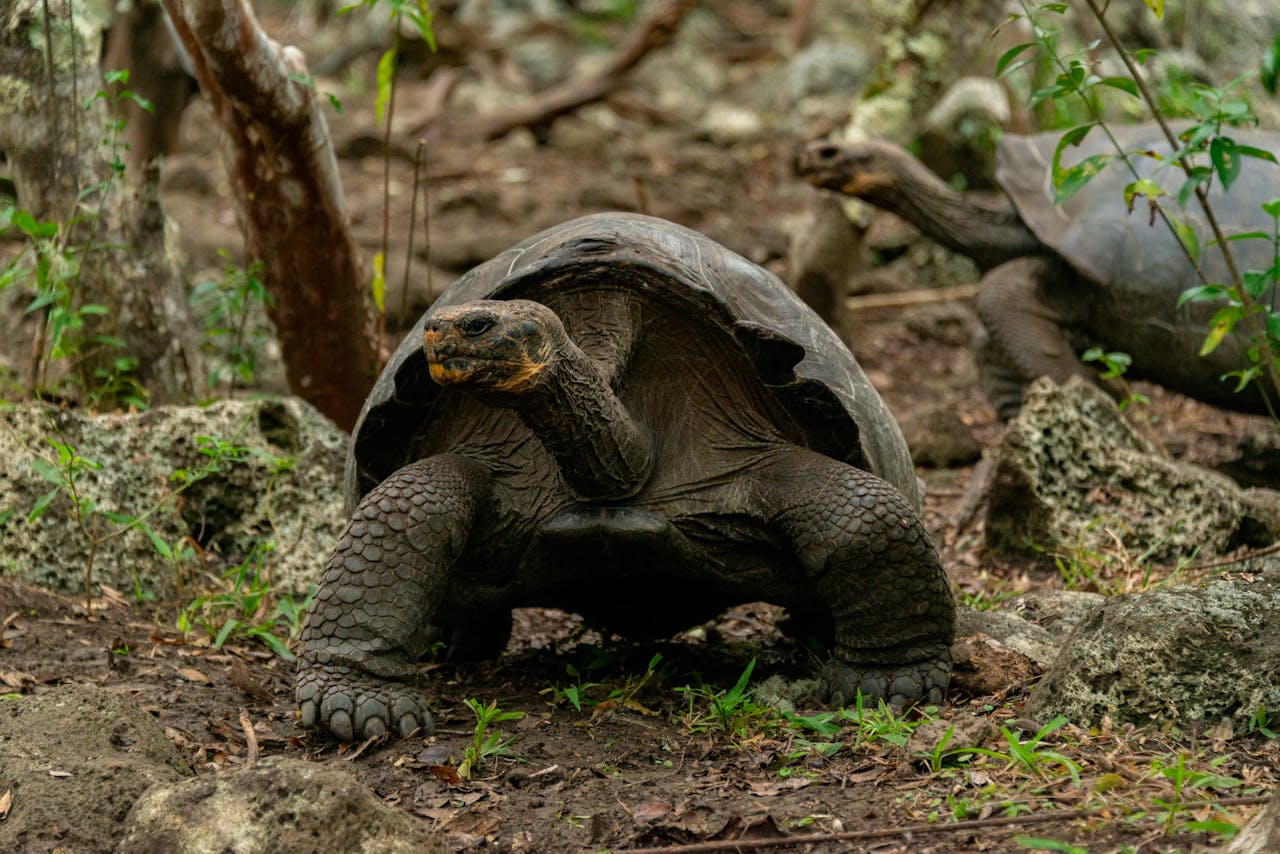For generations, the American West has lived in paintings, paperbacks, road trips, and childhood daydreams. Boardwalks creak, dust swirls, and lone riders seem to decide history with a pull of the trigger. Beneath that familiar script sits a layered reality shaped by Native nations, migrants, freedpeople, families, and workers. When those lives reappear, the story feels less like a movie and more like a country learning how it became itself. Looking past the myths does not cancel the awe; it anchors it in truth.
The West Was One Endless Gunfight
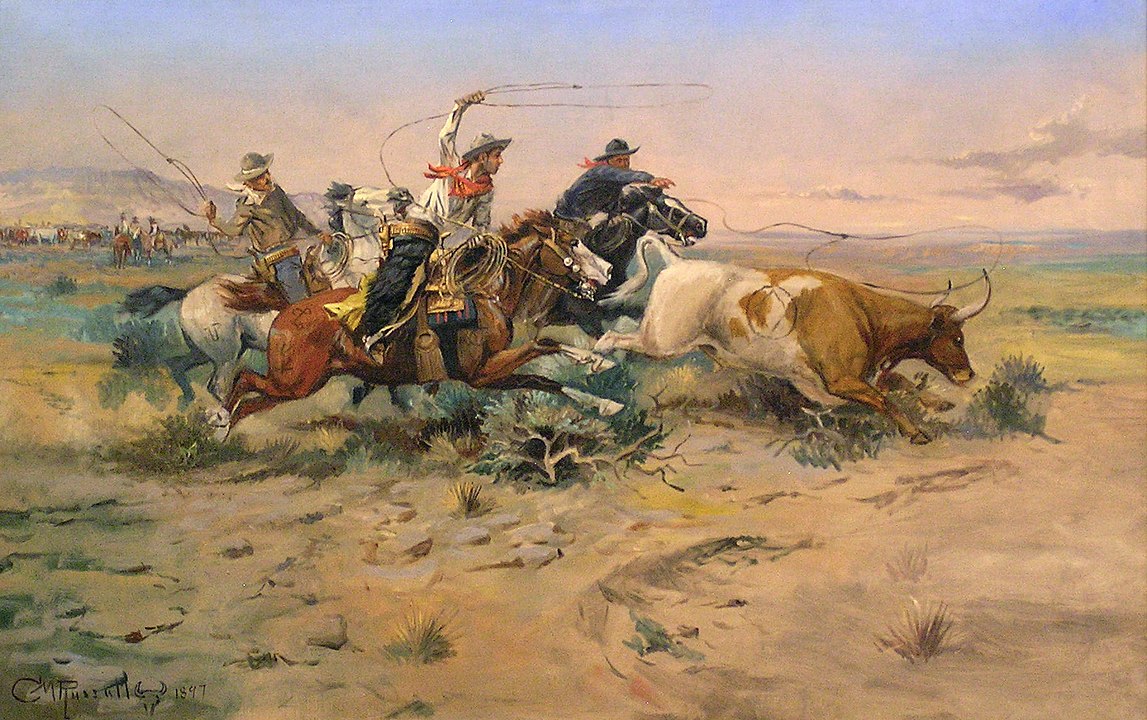
Popular memory treats every frontier street as a shooting gallery where arguments ended at high noon. In reality, towns passed weapons ordinances, hired marshals, and settled most disputes in courts or cramped offices while people worked, traded, worshipped, and raised children. Famous shootouts survive because they were rare enough to become lore, not because gunfire scored every afternoon.
Cowboys Were All The Same Hero
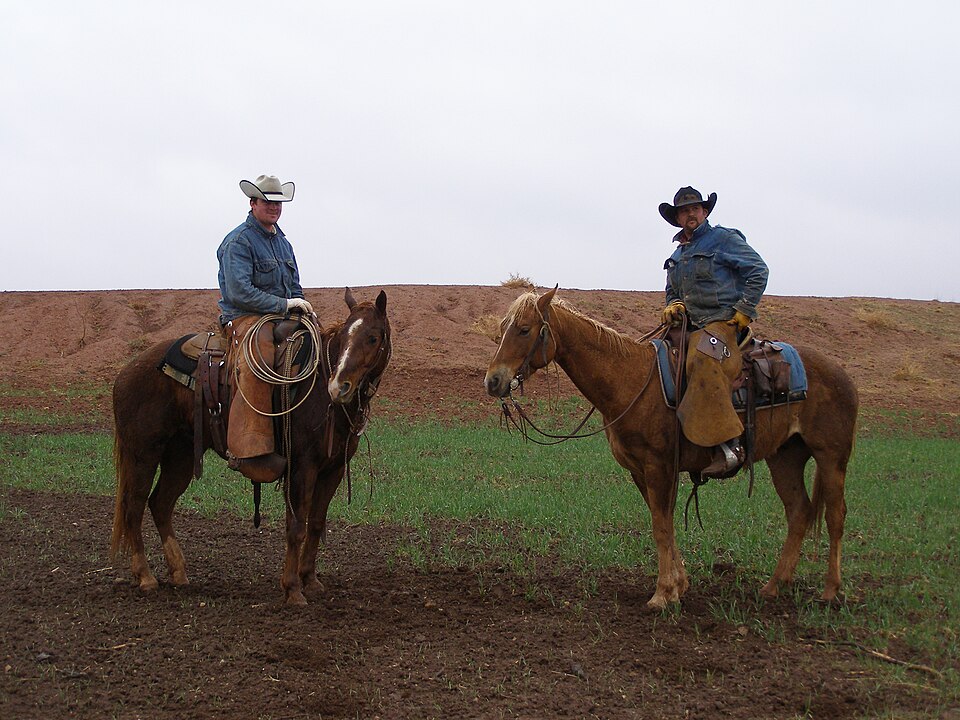
The familiar cowboy image flattens a workforce that was far from uniform. Black cowboys, Mexican vaqueros, Indigenous riders, and recent immigrants rode the same trails, broke the same horses, and slept under the same weathered skies. Their skills, languages, and styles shaped ranch culture, yet posters and films later centered one face, quietly stripping away the West’s actual diversity.
Native Nations Were Relentless Attackers
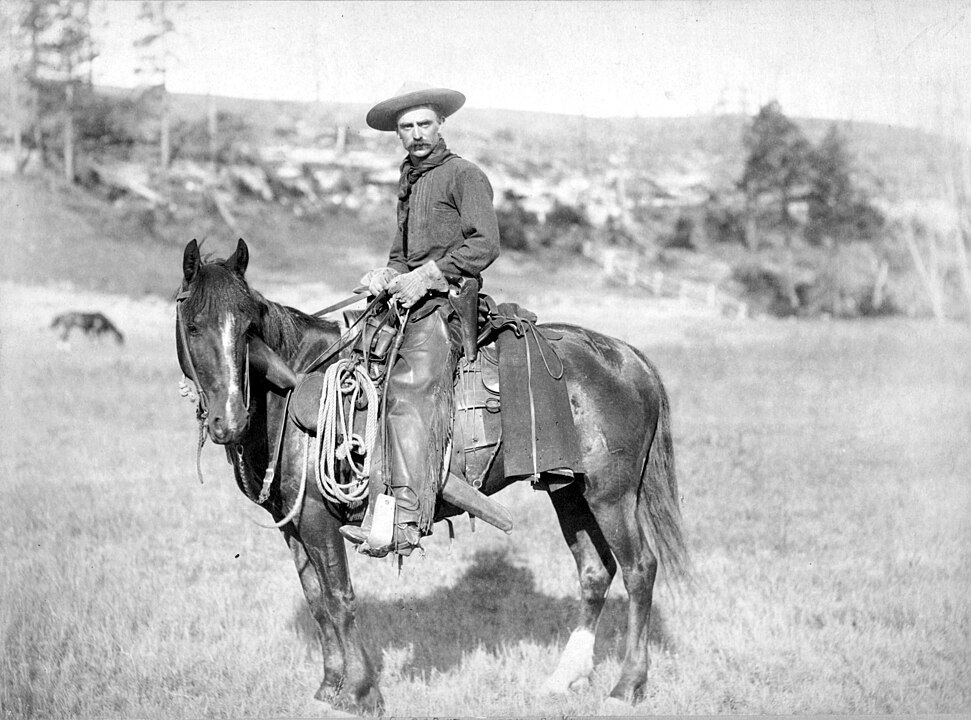
Old stories frame Native nations as constant threats circling wagon trains without context. Most emigrants faced more danger from disease, rivers, and accidents than from raids, and many Indigenous communities traded, guided, and negotiated. Where violence erupted, it often followed broken treaties, resource grabs, and forced removals. The myth masks invasion as self defense and turns resistance into villainy.
The Frontier Was Empty Land Waiting
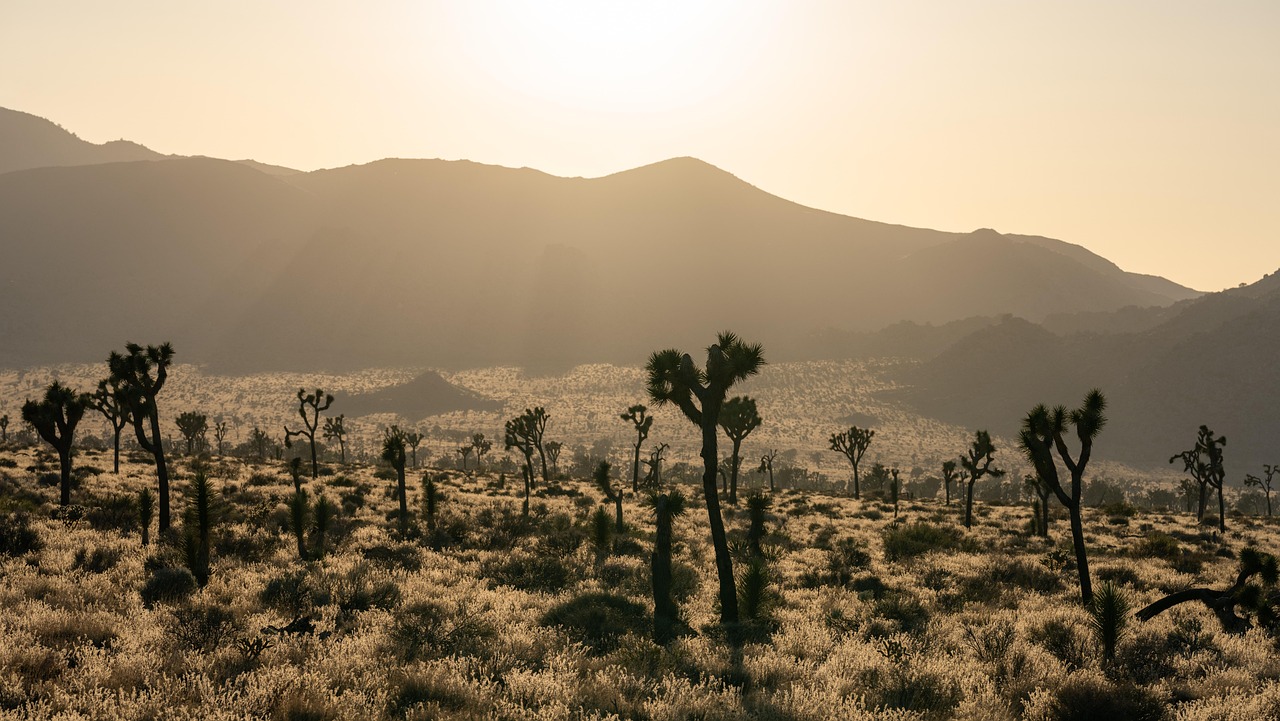
The idea of untouched land waiting for homesteaders erases entire civilizations. Long before survey lines and rail depots, Indigenous nations managed farms, burning practices, trade routes, and sacred landscapes tied to specific waters, animals, and stories. Policies and slogans reframed occupied homelands as open opportunity, softening the reality of seizure, displacement, and legal maneuvers that rewrote maps in someone else’s favor.
Outlaws And Lawmen Sat On Opposite Sides
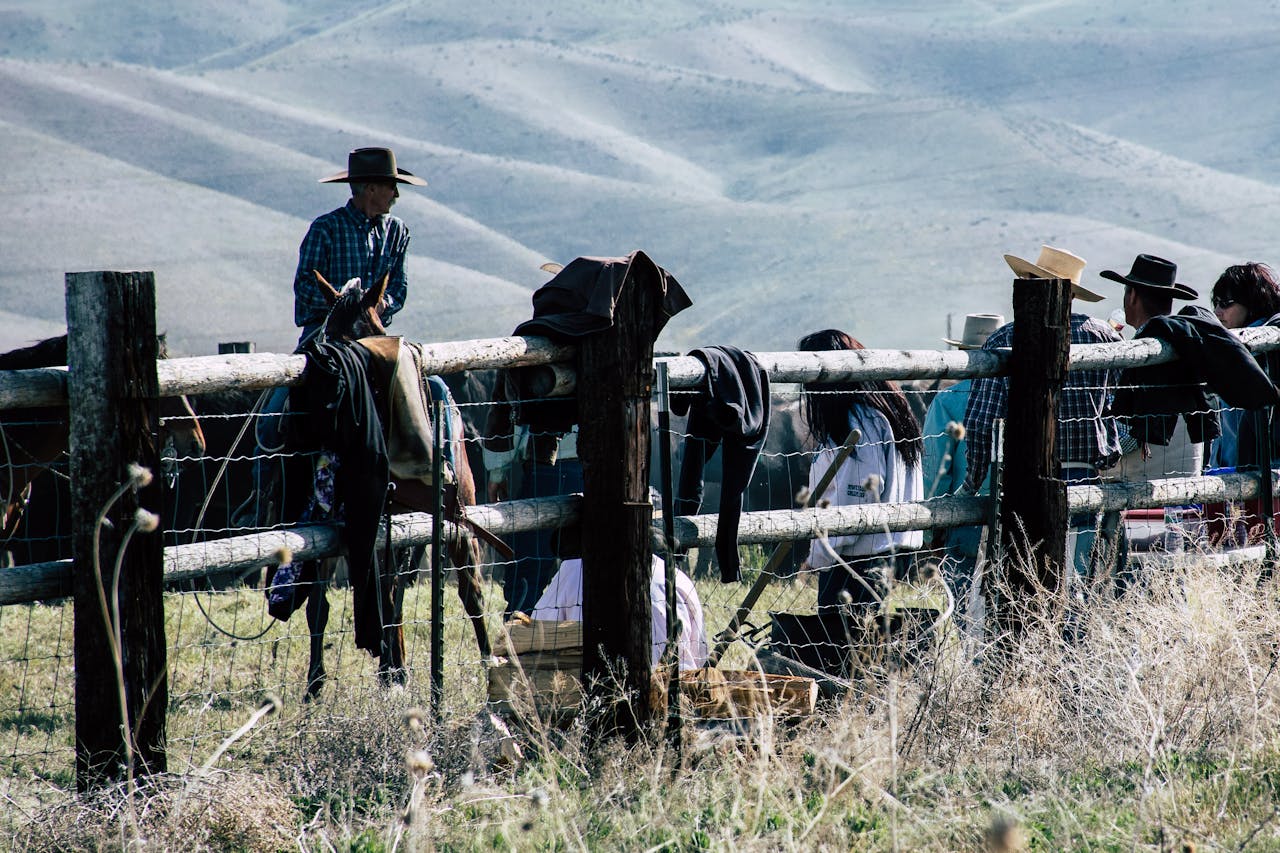
Popular tales sort heroes with badges from villains on wanted posters, as if motives were clear and justice clean. In practice, ranch barons funded posses, hired guns shifted roles, and some celebrated lawmen carried their own records of brutality or favoritism. Power, property, and local alliances often decided who was labeled criminal, who was forgiven, and whose version entered legend.
Women Barely Existed In The Story

Frontier scenes often push women to the background as schoolteachers or decoration in noisy saloons. In reality, women ran boardinghouses, stores, newspapers, and ranches, organized mutual aid, and sometimes claimed land in their own names. Western territories became early sites of voting rights, not by accident but through their efforts. Erasing them narrows the story and hides how communities actually survived.
The Gold Rush Made Everyone Rich

Retellings love the prospector who strikes one lucky vein and rides out transformed. Most who chased gold met harsh camps, high prices, debt, sickness, and disappointment, while steady fortunes pooled around merchants, transport owners, banks, and land speculators. Rivers were torn up, forests cut, and local communities pushed aside. The glitter that endures in memory rests on costs rarely tallied aloud.
Cowboy Style Looked Exactly Like The Movies

The clean hat, low slung gun, and identical trail gear feel definitive but grew from costume design, not field notes. Period photos show bowlers, caps, mixed fabrics, practical layers, and regional influence from Mexican, Indigenous, and European traditions. People adapted to heat, mud, pay, and supply, not brand guidelines. The real look was improvised, worn hard, and far less uniform.
The Story Of The West Is Finished
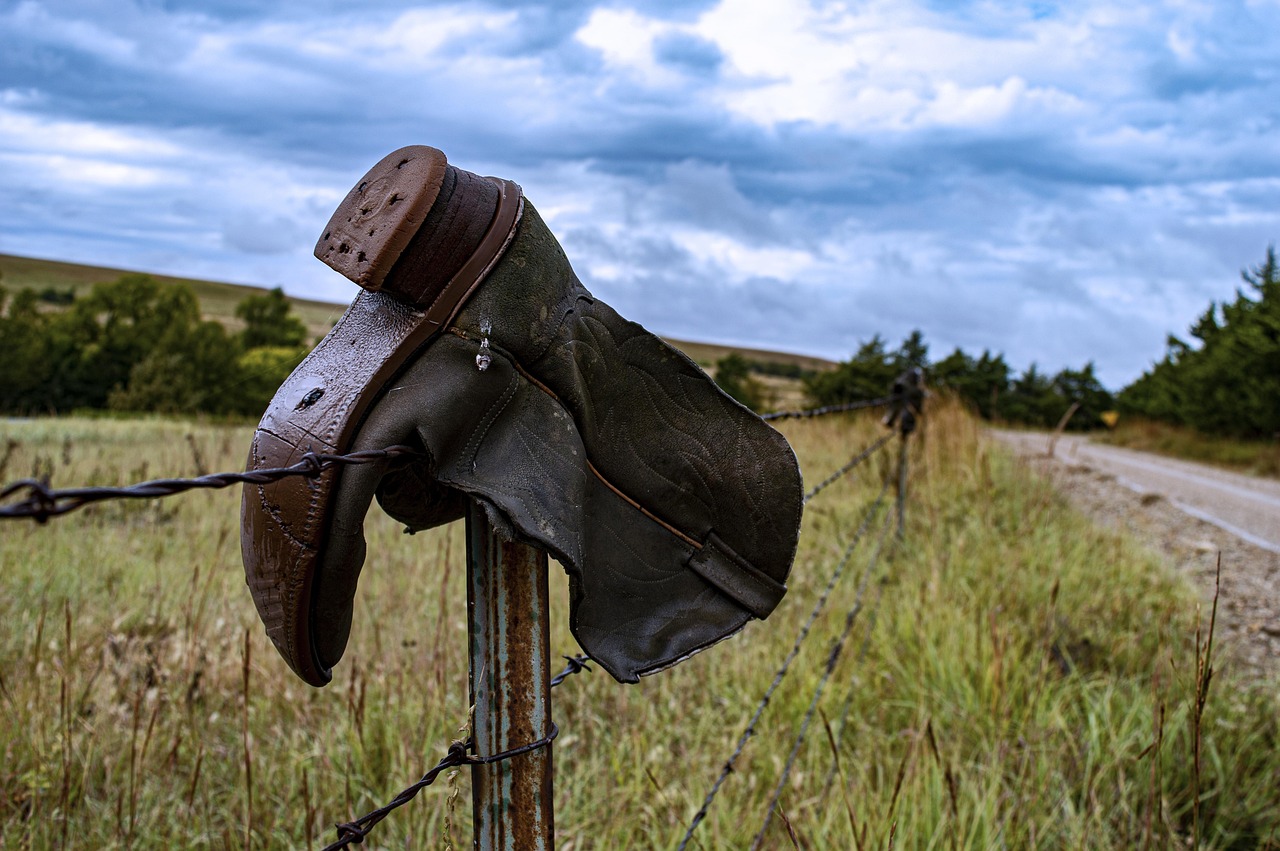
Many treat the West as a closed chapter that ends once barbed wire, fences, and trains arrive. In truth, its arguments run through present day fights over land, water, borders, resources, tourism, and remembrance. Myths about empty spaces and lone heroes still shape policy and identity. Understanding how those myths were built is part of understanding who claims belonging now.
